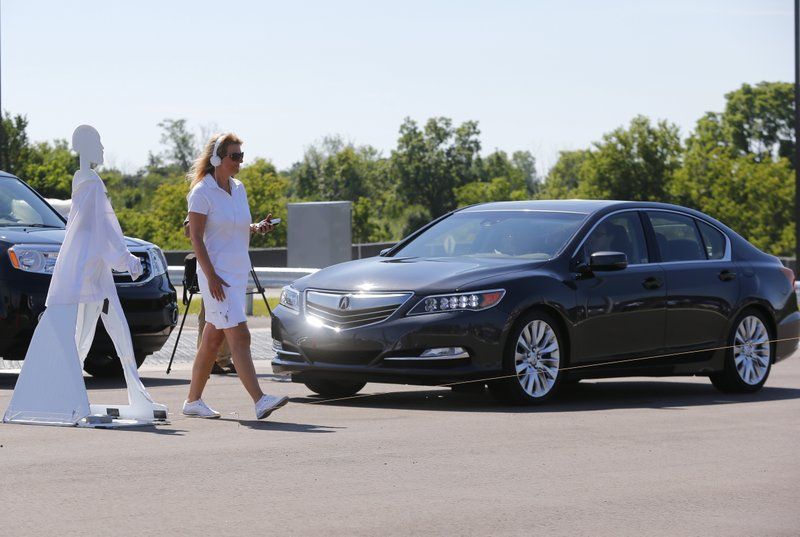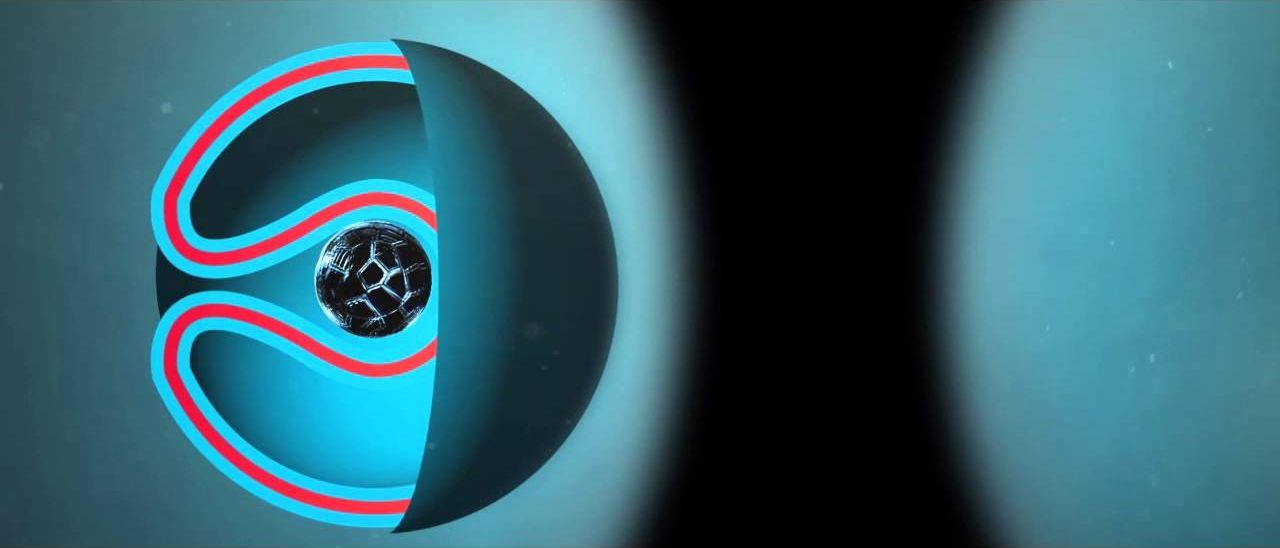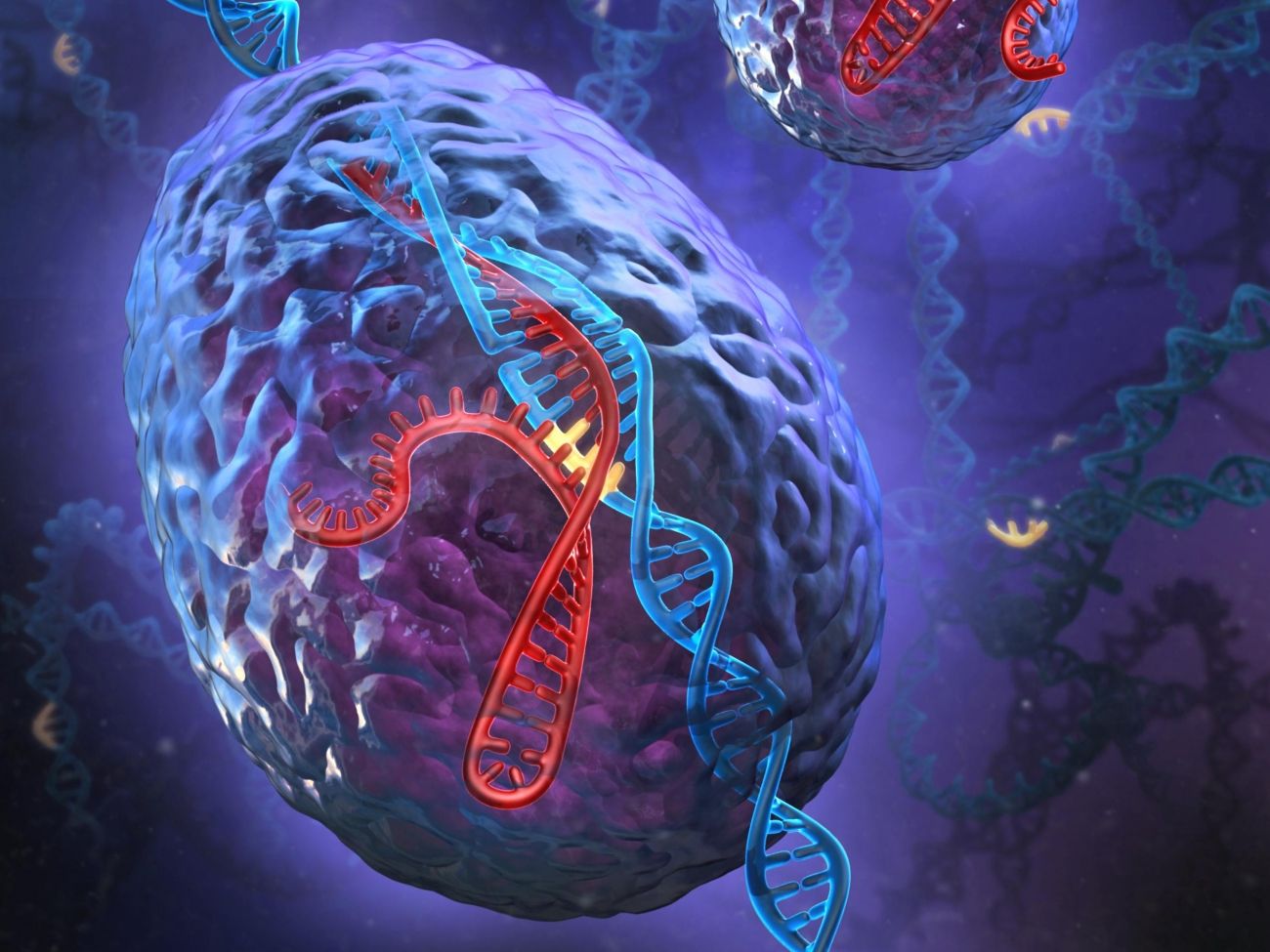Dec 13, 2016
Investor Peter Thiel Is Helping Mold Tech’s Ties to Donald Trump
Posted by Dan Kummer in category: life extension
Not posting for any political reasons. Only to show that this guy who is firmly behind Anti Aging tech will be a close adviser to the next President.
Peter Thiel, the billionaire venture capitalist and conservative libertarian, has long been a misfit in Silicon Valley.
Now as one of the tech industry’s main bridges to President-elect Donald Trump’s incoming administration, Mr. Thiel is playing a central role in helping shape the relationship with a president most tech titans didn’t want.
Continue reading “Investor Peter Thiel Is Helping Mold Tech’s Ties to Donald Trump” »
















